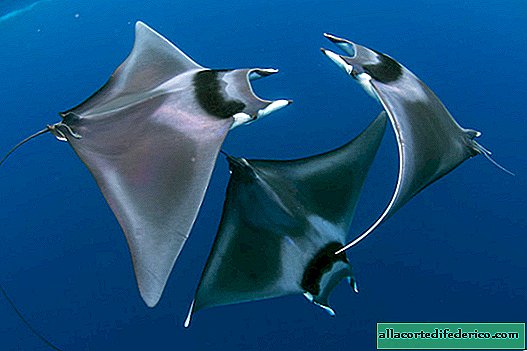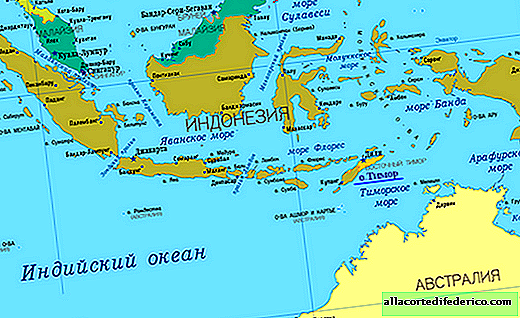On the island of Luzon discovered the remains of a new species of man
Despite the mass of discoveries and studies that have been carried out in different parts of the world, the history of the origin of man is still replete with white spots. Not everything is clear with the kinship of already discovered species, and a number of countries are engaged in ongoing disputes on the topic of where the ancestral home of all mankind is located. And recently, paleontologists reported that on the island of Luzon they discovered a new species of ancient people who had very small teeth, although some scientists do not agree with the allocation of a new species.

The island of Luzon, on which archaeologists from different countries have been working for many years, belongs to the Philippines. But if today Luzon is an island, then in past geological eras, when the level of the World Ocean was lower, this territory was connected by a land bridge to Eurasia. According to scientists, the ancient ancestors of people entered here on this bridge.
The first traces of the stay of ancient people were discovered in the north of Luzon. Archaeologists found in this part of the island tools made of stone, as well as bones of the Indian rhinoceros, on which traces of cuts and bumps were recorded. For this reason, scientists concluded that the rhino was killed by the primitive inhabitants of the island. The age of the finds is 630-780 thousand years.

And recent excavations at Luzon led to the discovery of another new species. Fragments of a skeleton belonging to three individuals were found in Callao cave. After comparing the material found with the existing bone remains of representatives of the genus Homo, anthropologists concluded that this is a new species, which was given the name Homo luzonensis. Currently, scientists are working on the extraction of DNA from the ancient inhabitants of Luzon. It is known that Homo luzonensis had a short stature, as evidenced by small teeth. The age of the finds dates back to 50-80 thousand years.
The new representative of the genus added even more confusion to the history of human origin, especially given the fact that DNA has not yet been identified. The structure of the fingers and toes indicates its similarity with very ancient hominids. According to anthropologists, Homo luzonensis could climb trees, as his fingers are bent, just like Australopithecus.


















